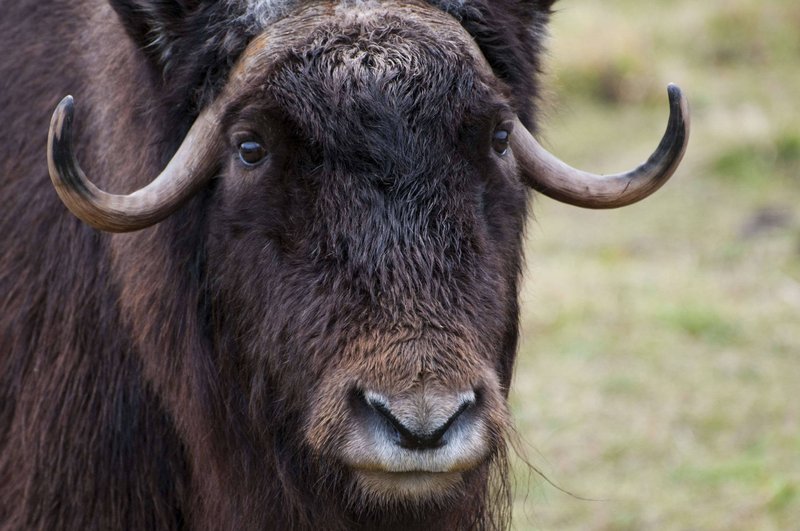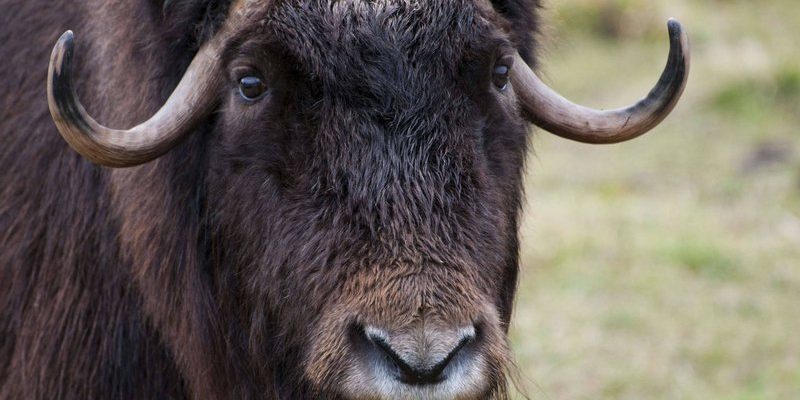
Oxen are large, powerful animals, often used for farming or as draft animals. Seeing one up close can be awe-inspiring, but it can also be a little daunting. Here’s the thing: while they generally aren’t aggressive unless provoked, you want to stay safe. So, if you ever encounter an ox in the wild, this guide will help you navigate the situation calmly and confidently.
Understanding Ox Behavior
Before we dive into what to do if you encounter an ox, it’s helpful to understand a bit about their behavior. Oxen are social animals and usually travel in herds. They tend to be gentle giants but can become protective if they feel threatened or if they’re with their young.
Most of the time, an ox will ignore you as it grazes or moves about its territory. However, it’s important to pay attention to its body language. If the ox is staring at you intently or snorting, it might feel uneasy about your presence. In this case, it’s best not to approach.
Always remember, oxen use their size to assert dominance, so respect their space. Just like you wouldn’t want someone to crowd you while you’re enjoying your picnic, they appreciate their personal space too!
Keep Your Distance
The first and most important rule when you see an ox in the wild is to keep your distance. Imagine an ox standing there, chewing away at some grass, blissfully unaware of you. Enjoy the moment from afar.
Most experts recommend staying at least 100 feet away. This distance helps ensure that the ox feels safe and allows you to observe its behavior without unnecessary stress on either side. If you’re using binoculars or a zoom lens, you can still capture the beauty without intruding on their space.
If you find yourself too close for comfort, calmly back away. Make sure your movements are slow and deliberate. Quick movements can startle the animal and lead to an unpredictable response.
Watch for Signs of Aggression
While oxen are generally peaceful, they can become aggressive if they feel threatened. Here are some signs to look out for:
- Staring: If the ox fixes its gaze on you, it’s a sign it feels defensive.
- Snorting: This is a warning signal, similar to a dog growling.
- Pawing at the ground: This behavior indicates readiness to charge.
If you notice any of these signs, it’s essential to take them seriously. Gradually back away without turning your back to the ox. Maintaining eye contact helps you gauge its behavior as you retreat, ensuring you stay aware of what it might do next.
Know When to Leave the Area
In some situations, it might be best to leave the area entirely. If the ox is accompanied by a calf, it’s likely to be especially protective. If you spot multiple oxen, it’s wise to avoid approaching them altogether.
You might be wondering how to decide when to turn back. If you’re within 100 feet and the ox shows any signs of aggression, or if it starts moving towards you, that’s your cue to leave.
Also, consider your surroundings. If you’re in a narrow path where the ox could block your way, find an alternative route. Planning ahead can help you avoid a stressful encounter and keep you safe.
Report the Encounter If Necessary
If you encounter an ox that seems to be in distress or if it’s wandering too far from its natural habitat, it might be a good idea to report it. Many wildlife organizations monitor animal health and safety, and they appreciate information from people in the field.
In some areas, local farms or ranches might keep oxen, so if you can safely do so, check for any identification tags that could indicate ownership. Providing this information can help ensure the animal gets the proper care or returned to its home.
If you’re in a national park or protected area, there are usually guidelines about how to report wildlife encounters. Make sure to familiarize yourself with these before your trip so you know the proper steps to take if needed.
Enjoy the Experience Safely
Seeing an ox in the wild can be a memorable experience. It’s a chance to connect with nature and observe these powerful animals in their element. Just like watching a stunning sunset or a quiet stream, it’s a moment to cherish.
To truly enjoy the encounter, focus on being an observer rather than a participant. Bring along your binoculars or a camera with a zoom lens to capture the moment without intruding. This way, you can appreciate the ox’s beauty while keeping a safe distance.
Also, consider sharing your experience with friends or fellow nature lovers. Whether it’s through social media or a casual conversation, recounting your encounter can inspire others to appreciate wildlife and help them understand how to act in similar situations.
Connecting with nature is one of life’s great joys, and encountering an ox can be both thrilling and peaceful. By understanding their behavior, keeping a safe distance, and knowing what to look for, you can ensure a safe and memorable experience.
It’s all about respect—respect for the ox’s space and nature in general. So, next time you find yourself in the wild and spot one of these gentle giants, you’ll know exactly what to do. Enjoy the moment and let it be a reminder of the beauty that exists around us!

